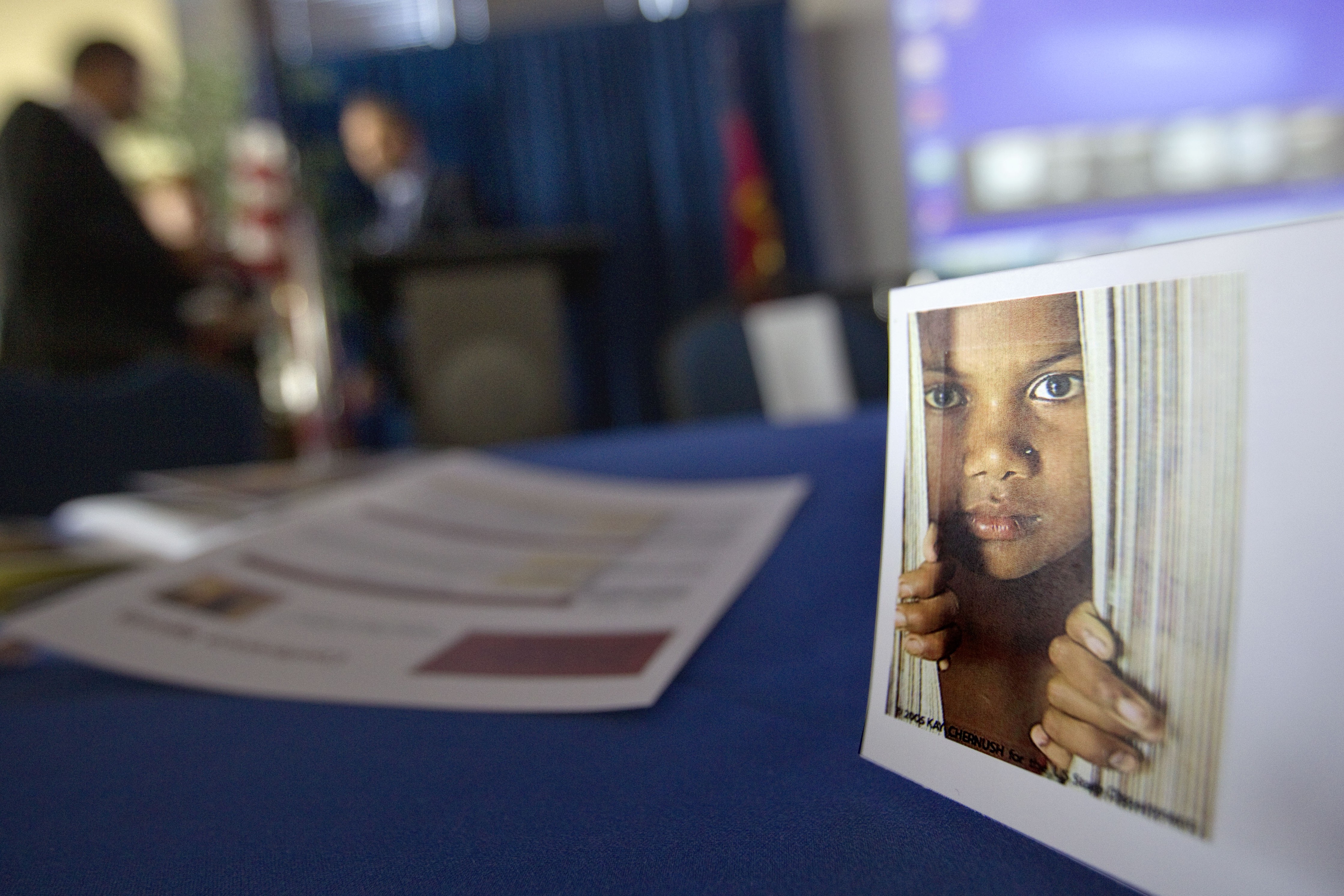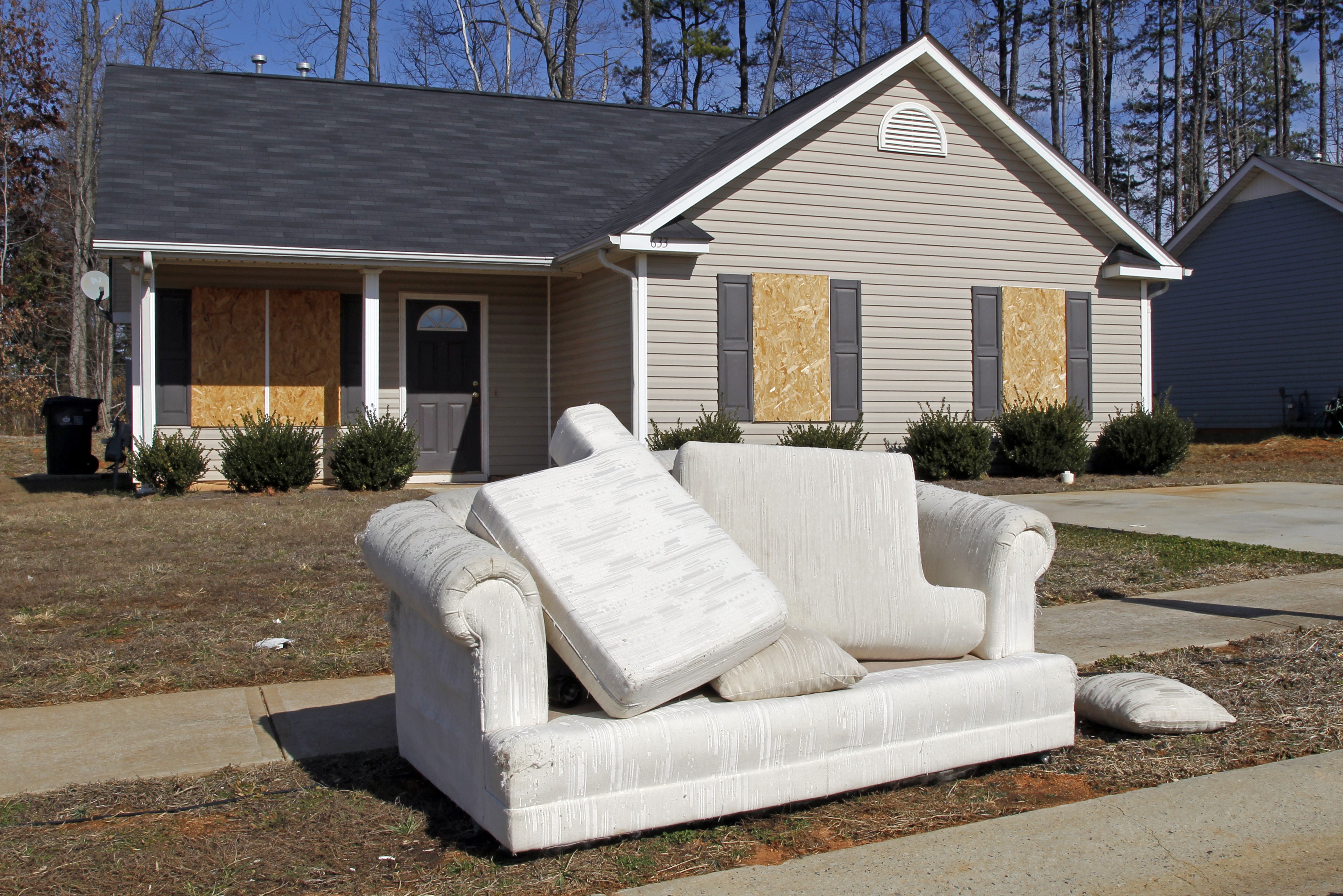Across the country, legal services attorneys play a largely hidden but essential role as first responders to American poverty. The family facing foreclosure after falling behind on the mortgage when both Mom and Dad lost their jobs in the recession. The mother of three, fleeing domestic abuse, who desperately needs a protective order to keep herself and her children safe. The woman with stage four cancer and six months to live, who has been wrongfully denied Social Security and Medicare. Without legal services, they would have nowhere to turn.
Day in and day out, legal services attorneys fight for the rights of poor individuals and families, providing legal help to people who cannot afford an attorney. Access to representation is vitally important. But as we commemorate the 50th anniversary of the War on Poverty, it’s time to renew the vision of legal services as antipoverty work.
While American legal aid has existed since the turn of the 20th century, the creation of the Office of Economic Opportunity (OEO) as part of LBJ’s War on Poverty offered a bold new vision of legal services as an antipoverty strategy, and legal services attorneys as agents of systemic change. Catherine Carr, Executive Director of Community Legal Services in Philadelphia, describes this historic shift:
No longer were legal aid programs being designed to simply respond to the problems that individual poor people brought to intake offices; instead, the programs were to work with low-income communities to identify needs and strategically set priorities that protected and advanced the rights of poor people and poor communities as a whole.
In the years that followed, legal services proved to be an enormously effective antipoverty tool. Legal services programs lobbied elected officials, engaged in local and national social justice organizing efforts, won landmark victories in courts across the nation on behalf of their clients, and thereby brought about systemic change that benefited poor people nationwide. The watershed U.S. Supreme Court case Goldberg v. Kelly, for example, established that a poor person has a constitutional right to a fair hearing before his or her welfare benefits can be terminated.
Fifty years later, legal services attorneys continue to fight on behalf of low-income Americans who cannot afford legal help. But much of the work today more closely resembles the “legal aid” vision that existed prior to the 1960s rather than the “law reform” vision brought about by the OEO as part of the War on Poverty.
This shift is in large part due to conservative backlash against legal services as an antipoverty tool. It didn’t take long for conservatives to view a strong legal services movement as a threat. In the decades that followed the launch of the War on Poverty, they placed restrictions on legal services programs, barring those that accept federal funding from engaging in much of the work that effects systemic change.
President Nixon prohibited staff attorneys from lobbying or engaging in political activities. President Reagan—who, as Governor of California, had battled efforts to improve the working conditions of poor migrant farmworkers—prohibited legal services programs from using federal dollars for legislative and regulatory activities as well as class action lawsuits. Even after the Reagan restrictions, many legal services programs found alternative funding sources to support their law reform activities. But in 1996, the Gingrich Congress hammered the final nail into the coffin, expanding the restrictions to any legal services program that accepted even a single dollar of federal funds.
While a small number of programs found ways to continue their law reform work—for example, by creating separate programs to receive unrestricted dollars—most responded by backing away from the kinds of systemic work that had proven most effective at impacting large numbers of poor people, in favor of the “legal aid” model of one-off individual client representation.
Today an ever-shrinking number of legal services programs—and legal services attorneys—view their role and mission as that of antipoverty work. Access to representation has supplanted the bolder vision of law reform and systemic change.
Get TalkPoverty In Your Inbox
To be sure, a handful of programs still embrace the OEO vision. As a new lawyer fresh out of law school, I had the good fortune to land in one of those programs: Community Legal Services in Philadelphia (CLS). As a staff attorney at CLS, I learned firsthand the power of the “law reform” model that CLS continues to embody, providing representation to poor Philadelphians, and using that individual representation to inform large-scale systemic work—through class action and impact litigation as well as legislative advocacy on the local, state and national level.
The cutbacks and restrictions championed by Nixon, Reagan and Gingrich have without question made it much more complicated and challenging for many legal services programs to engage in law reform. As long as the restrictions persist, unrestricted programs like CLS must take seriously their responsibility to prioritize law reform work, given that there are so few programs free to pursue it.
But even restricted programs can find ways to maximize their role as part of the antipoverty movement. Media is a powerful example, as human stories have the power to bring abstract policy debates to life. As advocates who interact with low-income individuals and families on a daily basis, legal services attorneys are uniquely positioned to tell the story of how few poor families are actually helped by TANF, for example; or how struggling families have no room for SNAP cuts; or how inadequate the official federal poverty measure is. They can paint a picture of the barriers people face in seeking to get a job—people with criminal records, for example—or what it’s like to be working full-time and still unable to rise out of poverty. They can tell the story of how and why it’s expensive to be poor. Even better, they can empower their clients to tell their own stories. Talkpoverty.org offers a unique new outlet to tell these stories, and I hope to see a steady stream of contributions from legal services advocates and their clients in the months and years ahead.
But we must also look beyond the present. As we celebrate the 50th anniversary of the War on Poverty and the Office of Economic Opportunity, let’s pave the way for a renewed legal services movement—one that is unhindered by restrictions and plays a leading role in bringing an end to poverty.













